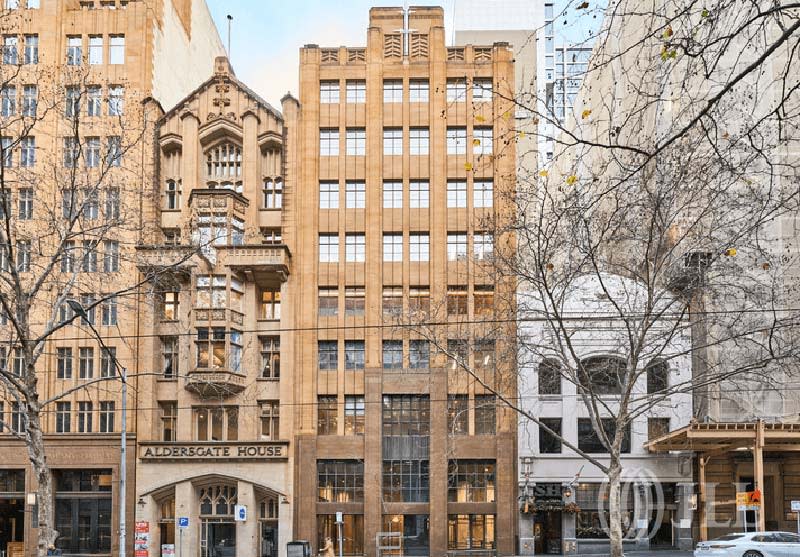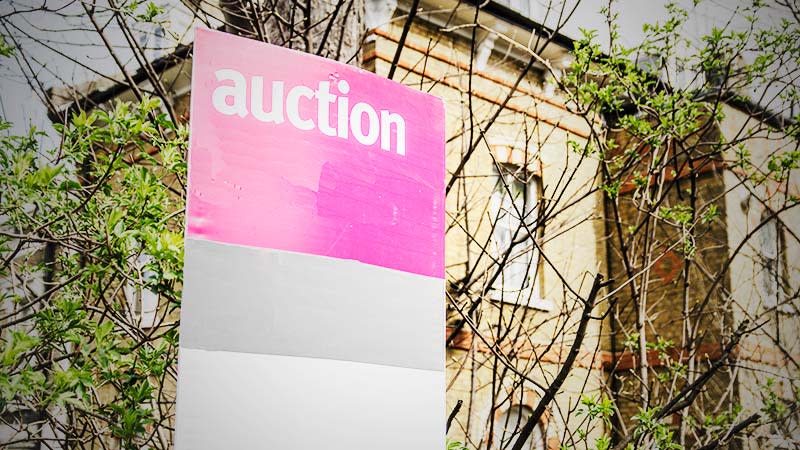Resources
Newsletter
Stay up to date and with the latest news, projects, deals and features.
Subscribe
Commercial property investment in Australia has rebounded, up by 48 per cent for the first nine months of the year compared with last.
According to JLL, transaction volumes reached $18.7 billion in that period.
Foreign investors drove the rebound in office transactions and accounted for two of the top three office trades in the third quarter of this year, JLL said.
Aside from the German Deka Group’s pending acquisition of 333 George Street Sydney for $395 million, Hong Kong-based PAG’s acqusition of 367 Collins Street, Melbourne (pictured above), for $315 million topped the quarter’s office deals.
The sale of Austrak Business Park in Melbourne to Aware Super and Barings for $600 million was the quarter’s biggest industrial transaction.
Aware Real Estate chief Michelle McNally said the investment had aligned with its strategy of acquiring well-located assets with strong tenants.
Barings Real Estate executive director Shaun Hannah said it was “an opportunity to unlock value through a masterplanning process and develop the 100ha site to its full potential”.
Industrial property leads the sector, with national sales volumes of $8.3 billion in the first three quarters—a 66 per cent increase from 2023. Office sector sales reached $6.1 billion nationally, up 61 per cent, while retail lifted 12 per cent at $4.3 billion.
Melbourne continues to lag Sydney and Brisbane for office sales in the post-pandemic landscape.
Aside from the big-ticket transactions such as the $30-million sale of 411 Collins Street and the $40-million purchase of 425 Collins Street—the latter at a 20 per cent discount from its peak value—there is little in the way of new office development on Melbourne’s books.

Market uncertainty was causing hesitation among investors and developers, Nuveen chief investment officer and head of Asia Pacific operations Louise Kavanagh said.
Kavanagh said that Melbourne’s office cap rates were still likely to widen by another 100 basis points “reflecting a further fall in value—before they reach the bottom of this cycle”.
JLL Head of Capital Markets Luke Billiau believed the market was rebounding, saying “we’re close to the trough in valuations”, which “is a positive step in the right direction that instils more confidence into real estate investors decision making”.
Billiau projected full-year commercial sales to reach about $28 billion, and “with the fourth quarter traditionally the strongest sales quarter, this would see the full-year volumes round out just below the 10-year average of $31 billion”.
“We’re already seeing more groups building conviction in a number of sectors and around specific strategies which, in combination with an improvement in confidence, will lead to more capital deployment and investment activity in 2025,” Billiau said.
JLL’s Andrew Quillfeldt said that 12 transactions had exceeded $300 million in the year-to-date, compared with eight in the same period last year.
Meanwhile, Melbourne’s housing market is facing challenges with CoreLogic data showing the city’s median home value is the sixth lowest of the capital cities at $776,000.

CoreLogic research director Tim Lawless said the “difference between Sydney and Melbourne’s median dwelling value is now 52.1 per cent, the largest differential between Australia’s two largest capitals since June, 1999”.
East Melbourne unit values have fallen by 17.2 per cent from the November 2018 peaks, with available stock up 38.5 per cent.
The trend extends across other desirable neighbourhoods. At Abbotsford, median unit values have slid 16 per cent since April, 2017, while West Melbourne has had a 13.9 per cent decline.
Kensington and Armadale are also struggling, with values dropping by 13.5 per cent and 12.4 per cent respectively, and listings soaring well above the five-year average.
CoreLogic head of research Eliza Owen attributed this to a mismatch between available stock and market demands, citing smaller, investor-focused units versus current preferences for more spacious options.
Owen said that while these units were once considered affordable and convenient, factors including quality concerns and poor capital growth had deterred investors. However, price reductions might eventually attract buyers if the value proposition became compelling, she said.
Recent Australian Bureau of Statistics data suggests growing market confidence, with August figures revealing investor loans increased by 34 per cent, while total home loans rose 1 per cent.